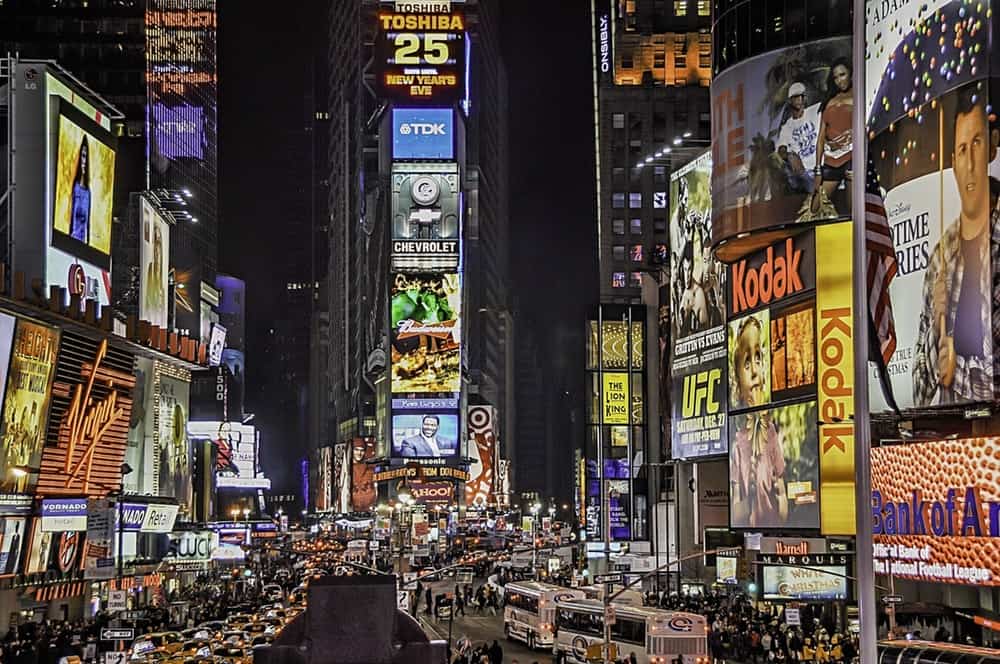
Cities across the world are grappling with a problem that seems to keep getting worse every year – finding a parking space. The issue is so ubiquitous that is estimated that about 30% of all traffic on the city roads are vehicles in search of parking lots. As people clamor for more parking space, city administrations desperately try filling out vacant areas in the city with them, only to end up with a town that drowns in parking spaces.
Though this seems to put a finger in the dike, it can be seen that the usage of these parking lots invariably changes with regard to the location of the space and the time of the day. New research on parking spaces from the Research Institute for Housing America has surfaced, and it lays bare the massive underutilization of parking spaces and garages.
The research used satellite imagery and tax records to keep a tab on on-street parking, surface parking, and garage parking across the cities of New York, Philadelphia, Seattle, Des Moines, and Jackson, Wyoming. The observation was clear – cities are chock full of parking spaces, which largely remain vacant over the day. The parking occupancy in downtown Seattle for example, stands at 64% and outside it, the occupancy rate is less than half the capacity.
What makes this more exasperating is the ratio of parking spaces to the number of households in the surveyed cities. For instance, Philadelphia holds 3.7 times more parking lots than households and Des Moines has an overwhelming 18 times as many parking spaces per acre as households. This situation further exacerbates the housing problem, as most of the parking spaces are in the central districts of cities, clogging them and leading to sky-high real-estate prices.
It is quite evident that continuing with the process of clogging cities with unwanted and mismanaged parking lots would make the future of cities unsustainable. The answer to this probably lies in cities embracing the idea of Mobility as a Service (MaaS) – sharing transportation to reduce traffic on the streets and the parking lot numbers.
Uber, after revolutionizing taxi hiring across the world has now introduced MaaS through its UberPool solution, which allows people to share their ride with strangers – making the trip cheaper and more efficient, while also taking a few vehicles off the road. All was not well for UberPool when it was initiated – customers claimed to sit through many detours before they reached their destination, as their drivers picked up more passengers en route. However, Uber has had its algorithms modified of late to improve the experience. UberPool customers are now asked to walk a few yards to reach their taxi, cutting down on the need for detours and thus ending up saving time.
Though UberPool is an attractive solution, it is not the only successful one out there. Car2go, a company in Germany is putting its cars out in cities like Stuttgart, Berlin, and Munich where registered people could rent their cars for a few hours – much like the bike-sharing idea that exists across the world. People drive the car2go cars on their own, and would to park their cars in specific parking spots that are designated for car2go vehicles. Going forward, this could drastically cut down the need for parking spots as the same vehicle can be used round the clock by different people.
The idea of autonomous cars cannot be discounted either. MaaS models could be perfected with autonomous cars in the fray, as it would require minimal human interference and the fleets could be sent out to park themselves far away from the city center when it is time for its scheduled maintenance.
The Vertical Take-off and Landing (VTOL) concept is also gaining steam, especially in cities that struggle with primordial town planning and excessive traffic on its streets. Sao Paulo in Brazil is setting an example, with Voom, an Airbus company, introducing on-demand helicopter service over the city and disrupting the way urban transport is done. The city already holds over 380 landing pads with 150 of them in service today.
Though ‘air’ taxis might sound straight out of a sci-fi movie, it is a reality that some cities across the world are embracing. Startups and established airline manufacturers are working on making VTOLs cost-efficient, and are racing towards building an electrically-driven helicopter, which could make it environmentally viable as well.
The spread and frequency of parking spaces in cities have an overarching role in determining the future of cities, as a lot of high-value real estate remains locked out as garages and parking spots. As MaaS becomes prevalent and autonomous cars take to the roads, vacant spaces could increasingly crop up around cities, making them more affordable to live in and easily navigable than today.
Stay up-to-date with the latest commentary and insights on FreightTech and the impact to the markets by subscribing.










